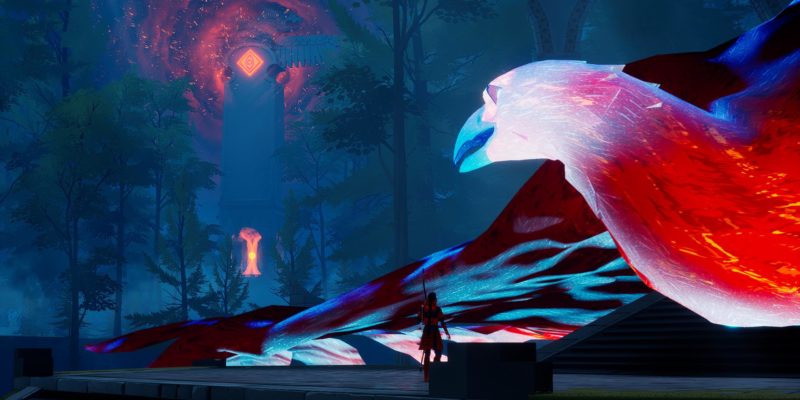
It’s not the end of the story that makes the experience, but the journey we take to arrive there. This adage is apt when used to describe The Pathless. If you want, you can make a beeline for the ending in several hours. Or you can immerse yourself in the vast, digital lands before you while searching for puzzles and lore. What’s more, the game has no map. If you want to discover its secrets, you have to look carefully as opposed to just selecting an icon on a map and chasing a waypoint. It’s this sense of discovery that makes the game feel so intimate and peaceful.
The Pathless is set in a world threatened by the Godslayer. The Eagle Mother, a guardian deity, has been stricken by this grievous foe and rendered inert as he plans to doom the entire world to melancholy and despair. You’re thrust into the narrative as a young archer who seeks to put a stop to his foul machinations. During the game’s prologue, you cleanse the Eagle Mother of the Godslayer’s corruption, leading her to join you on your quest to free other guardian deities from his clutches so that the world may be whole again.
This isn’t a game built on cutscenes and large amounts of dialogue. Cinematics show up on occasion, but they’re brief and to the point. There’s dialogue, but it functions similarly and is recorded in a fictional language. The storytelling and atmosphere of The Pathless greatly remind me of the works of Team Ico. It’s a quiet, reflective journey built upon cooperation with nature and intuitive environmental puzzles. Little ground is broken, but the game still feels unique and comfortable in its own skin.
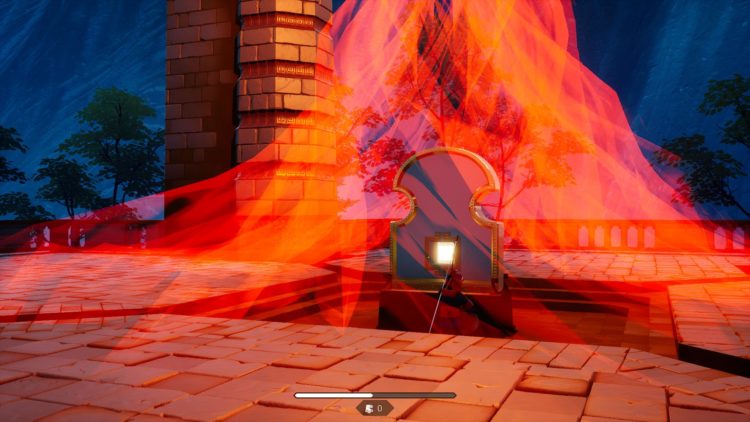
Who needs actions when you’ve got words?
Once you make it past the prologue, The Pathless immediately unveils the basics of its structure. There are five plateaus to traverse, each with their own corrupted spirit deity to battle. The plateaus have three towers that need to be purified with tokens that represent the uncorrupted deity. You’ll need to locate enough to cleanse the tower. You’ll find tokens specific to that deity in their plateaus and the amount required increases as you progress further.
Tokens are always trapped behind barriers and must be freed by solving environmental puzzles. The Pathless has several varieties of puzzles to contend with, such as having the eagle carry weights to place on switches or shooting flaming arrows to light torches. These grow more complicated as you progress through the game. They’re typically not difficult to figure out, but they can occasionally take some thought to get through. While you’re gathering the tokens, domes of corruption will spread out and pursue you.
You’ll then be teleported to a segment where you must sneak past the corrupted spirit deities and reach a specified point. If you’re spotted while moving, you fail the segment and lose a bit of the game’s yellow gem collectibles which can be found throughout the environment. These segments are the only thing I dislike about The Pathless. They also occur with enough frequency to disrupt the exploration, although, to be fair, they are the main source of tension. They’re also very easy to get out of. All you need to do is manually save whenever you’re about to be pulled into one and then quit to the menu. Continuing will let you start off right where you were with no dome nearby.
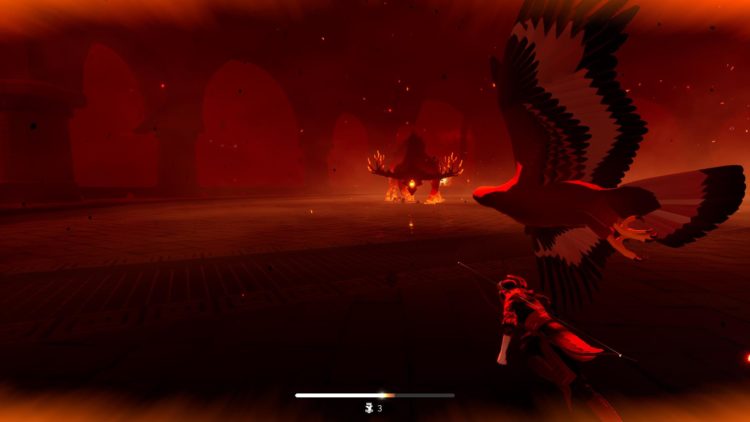
Nothing on top but a bucket and a mop
Once you cleanse three corrupted towers with tokens, the spirit deities become corporeal and you’ll have to hunt them down and pepper their weak spots with arrows. These are multi-phase fights that are quite the spectacle. They’re not particularly challenging, but they have a notable sense of scale and drama. You don’t take damage in The Pathless, so it’s generally just a matter of time before you vanquish these enemies. Once you do, that plateau gets purified and a wind tunnel appears to guide you to the next one. This would get repetitive in a lesser game, but I find it enjoyable here due to world design, atmosphere, and gameplay.
Speaking of which, the gameplay in The Pathless feels fantastic. You run around the areas, which uses energy, but you gain more from shooting arrows at floating talismans that you’ll find all over. Shooting these gives you a burst of speed if you’re running or are in the air. The movement is fast and engaging. The eagle adds even more, as she allows you to glide and raise yourself up multiple times by flapping her wings. You gain additional charges for this by cleansing spirit deities and by locating enough yellow gems to fill up a meter that grants you another charge.
It’s these gems that make up such a large amount of the additional exploration incentive in The Pathless. Your character gains a mask early on that allows her to use spirit vision which highlights certain locations, such as the aforementioned towers and wind tunnels. But it also highlights locations that contain tokens or gems. For me, carefully scanning and exploring the world to track down as much as I could was the best part of the game. It felt organic, and the rewards were enjoyable. Plus, avoiding this exploration would result in missing out on many of the game’s puzzles, unique areas, and lore.
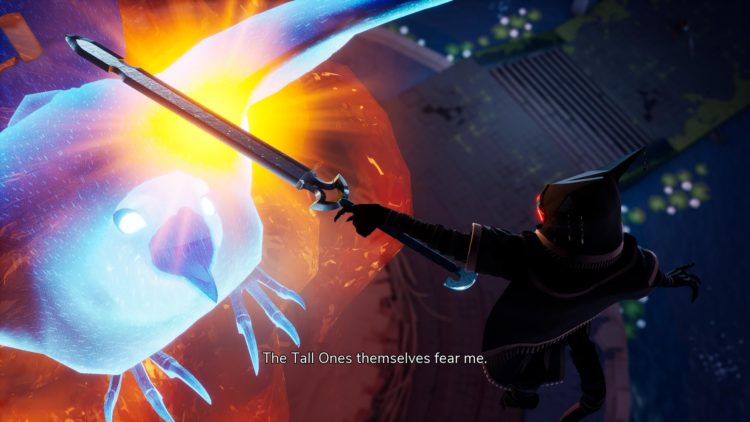
Many a hand continues to scan around for the next plateau
After cleansing a spirit deity, a column is erected for you to place all of that plateau’s tokens into. Doing so will summon the deity who will then lead you to a reward. It’s yet another great reason to track everything down. Personally, anyone who plays The Pathless by going through the plateaus as quickly as possible is robbing themselves of the opportunity to experience what the game does best. Either way, it’s a lovely game that inspires wonder with enormous vistas for you to soar across. It succeeds the most as an experience, but it’s an excellent game in most regards.
The Pathless
The Pathless is a lovely game that just begs to be explored. The serenity it can provide and the satisfying feeling of locating rewards make it an experience that can be easily recommended.



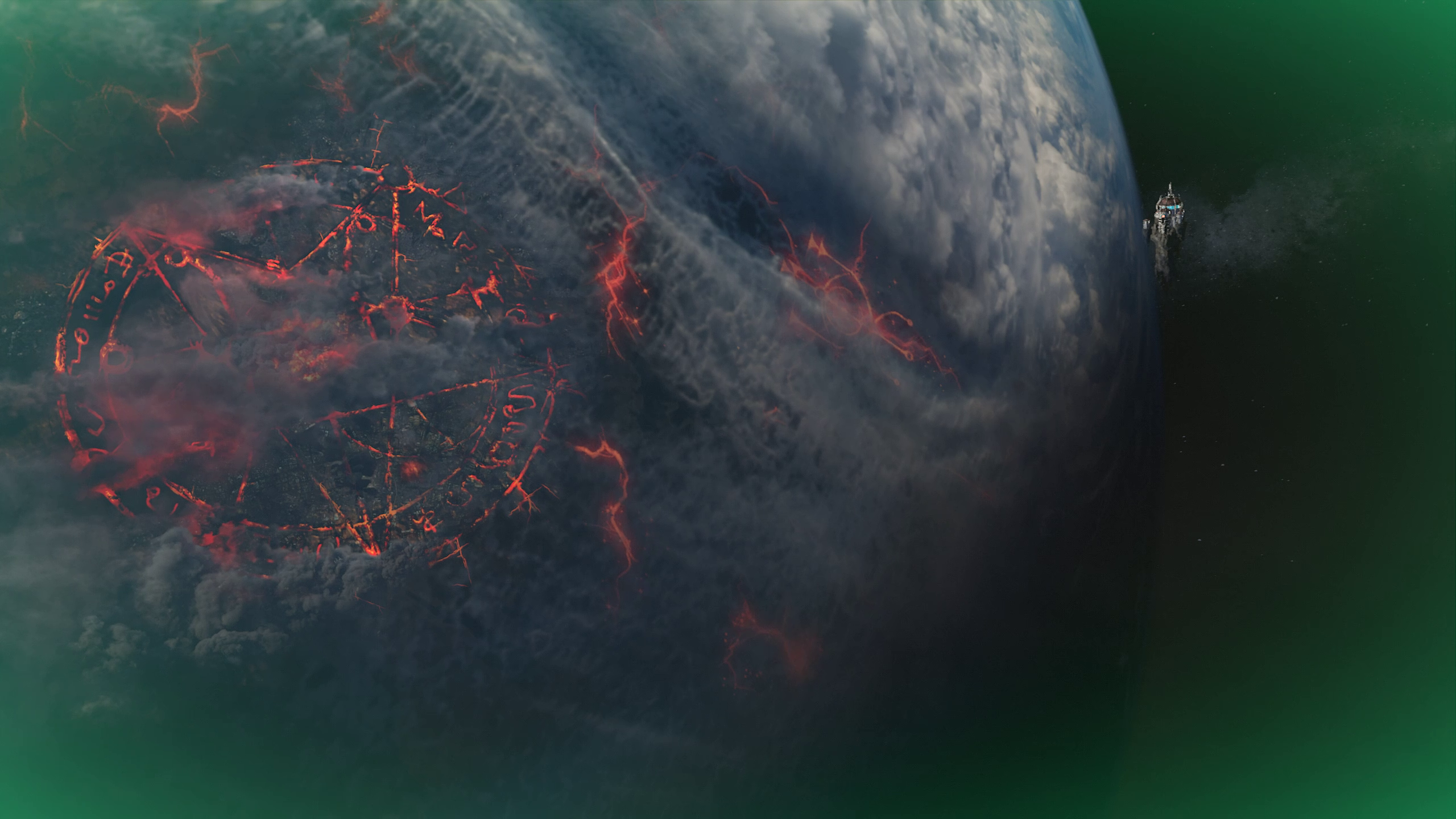
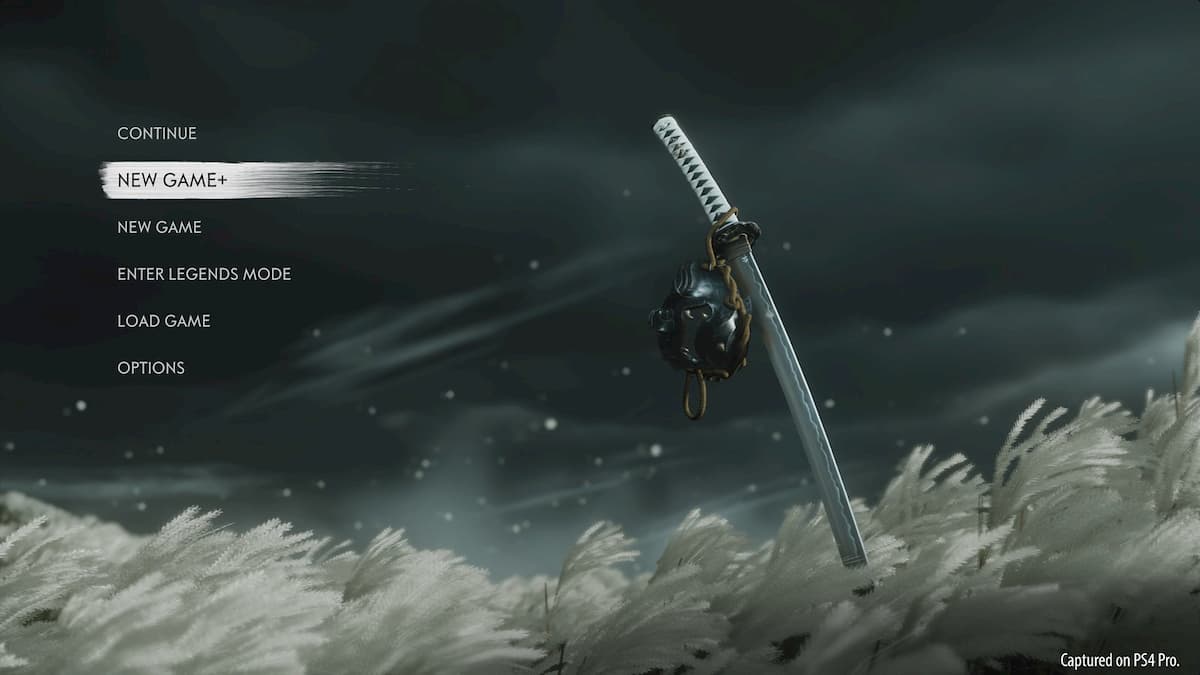


More Stories
Doom Eternal review
Review: The Last of Us Part II complicates the idea of right and wrong
Dirt 5 review